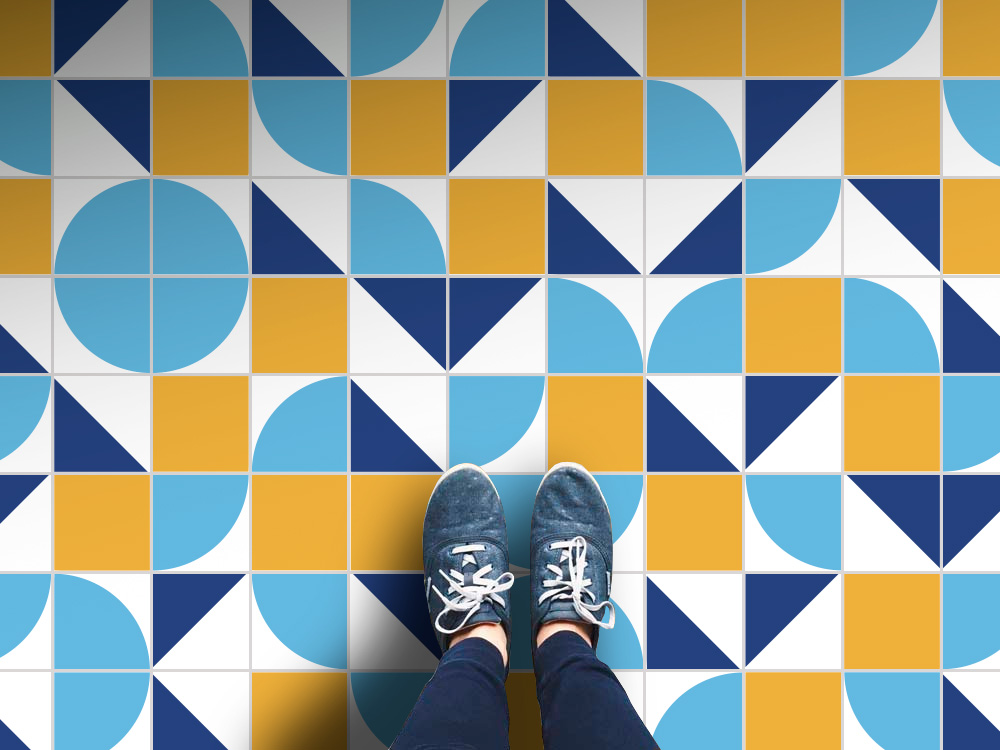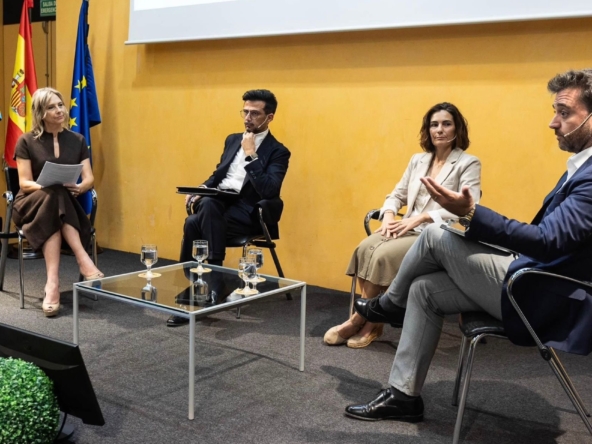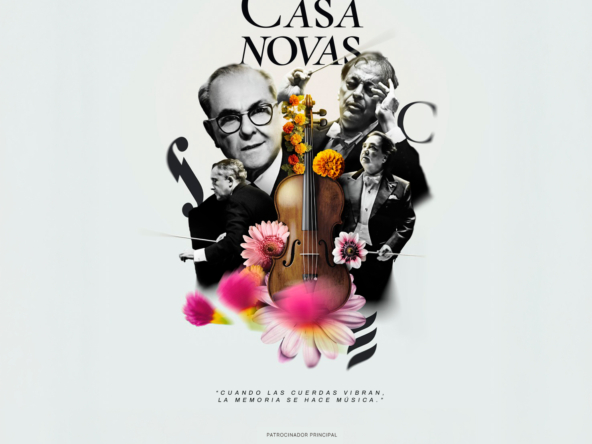Throughout the centuries, the Mediterranean, our Mare Nostrum, the sea of the Greek gods, has been the cradle of a multitude of civilizations that have inhabited its shores, depositing their cultural residue and enriching an amalgam of customs, words, flavors, sounds …which in many cases have come down to our days, and which largely shape who we are, and where we come from.
The objects and their uses form an important part of that legacy, and some of them have remained almost unchanged in essence. Because, although the social and technological advances, especially in the last 100 years, are absolutely impressive and have completely changed the world, if an object was perfectly conceived 10 centuries ago, and continues to fulfill its mission in a totally invariable way, why what to change it? Such is the case of the hydraulic mosaic.
Originating in the Arab countries, the hydraulic mosaic manufacturing process has remained almost identical to this day, with the exception of the materials and tools used. In fact, the molds (the “climbs”) that are used today are made of copper, exactly the same as before.
However, it was not until the 19th century that its use became popular, especially in the bourgeois houses and palaces of the Spanish Mediterranean coast, but also in many other areas in the interior of the country. Their designs with mainly geometric and floral shapes, on many occasions devised by well-known designers of the time, which helped to popularize them, decorated many of these homes showing their floors as if they were carpets, differentiating in many cases these designs based on the type of stay.

The 1960s marked the decline in its use. New fashions and materials relegated these mosaics to oblivion for 40 years, until the beginning of the 2000s, when the vintage movement, both in decoration and in other areas such as fashion, revived their interest to this day. . The hydraulic mosaic has returned, and proof of this is the ease with which we can find it in countless specialized online stores and DIY and construction centers. So much so, that it has even led to the fever for the use of decorative vinyl imitating its shapes and designs to dress walls and furniture.
But not only that. In recent years, groups, associations and companies committed to rescuing from oblivion and preserving thousands of these pieces from oblivion and from the container have been appearing, such as The Tile Hunter or Tilecrossing, in order to protect and preserve a very important part of our culture and industrial legacy, including creating a hydraulic mosaic museum that is being planned in Barcelona.
In 2021 MPC-Group completely renewed its corporate identity, and in its conception, we were very clear that it should talk about us and our environment. That is the main reason why we were clearly inspired by these mosaics when designing the isotype that accompanies our logo. We decided to incorporate an orange square symbolizing the color of the sun, a navy blue triangle representing our Mediterranean Sea, and a light blue quarter circle representing the color of our sky. Three shapes and three colors that represent what we were, where we are from, who we are, but above all, the hopeful future of what we can become.







